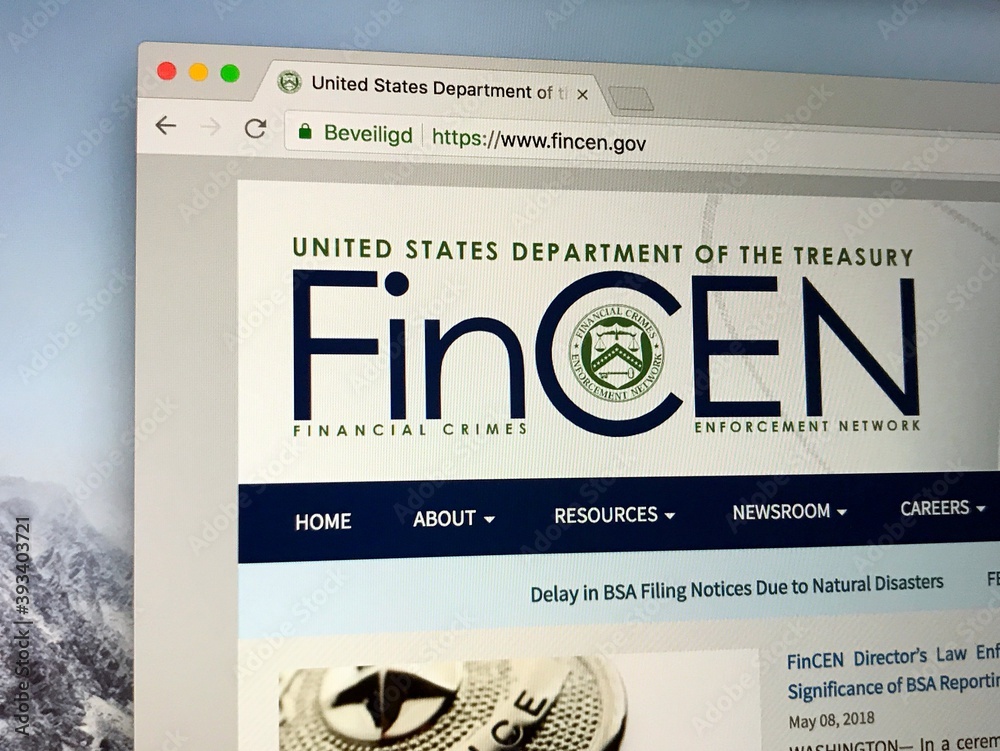New Beneficial Ownership Reporting Requirements for Small Businesses
| Here, courtesy of the Treasury Department & the Small Business Administration, is everything you need to know (and then some!) about Beneficial Ownership Interest reporting. Please contact me if you have any questions or would like me to handle your filing. |
|
| In 2021, Congress passed the bipartisan Corporate Transparency Act to combat illicit finance. This law mandates that many U.S. businesses disclose their beneficial owners—those who ultimately own or control the company—to the Financial Crimes Enforcement Network (FinCEN), part of the U.S. Treasury. FinCEN began accepting these reports as of January 1, 2024. |
|
Reporting Deadlines:
- For new companies and startups (created or registered in 2024):
You have 90 days from the date of receiving actual or public notice of your company’s creation or registration to file the initial report.
- For existing companies (created or registered before 2024):
You have until January 1, 2025, to submit your initial beneficial ownership information report.
Helpful Resources:
Additional Resources:
|
|
OSHA tells us: “Every year, dozens of workers die and thousands more become ill while working in extreme heat or humid conditions. There are a range of heat illnesses, and they can affect anyone, regardless of age or physical condition.”
Currently, OSHA does not have a specific standard for hazardous heat conditions, but it does have a heat illness prevention campaign with a lot of information and resources, as mentioned above. Note that this does not mean that heat exhaustion dangers are outside the General Duty clause: “Under OSHA law, employers are responsible for providing workplaces free of known safety hazards. This includes protecting workers from extreme heat.” The National Weather Service website (also above) has outreach materials in Spanish.
Be on the lookout for heat exhaustion when working in high heat. Consider pairing your workers up in a buddy system so they can keep an eye on each other. Follow the first aid tips listed above if someone falls victim to either condition. Train your employees! With training and awareness, heat exhaustion can be avoided.
| I am thoroughly familiar with basic OSHA standards. My compliance work frequently saves business owners time and money; even more important, it sometimes keeps employees safe. At TMF Law Offices, WE MEAN BUSINESS—but we also know that business isn’t everything. |
|





